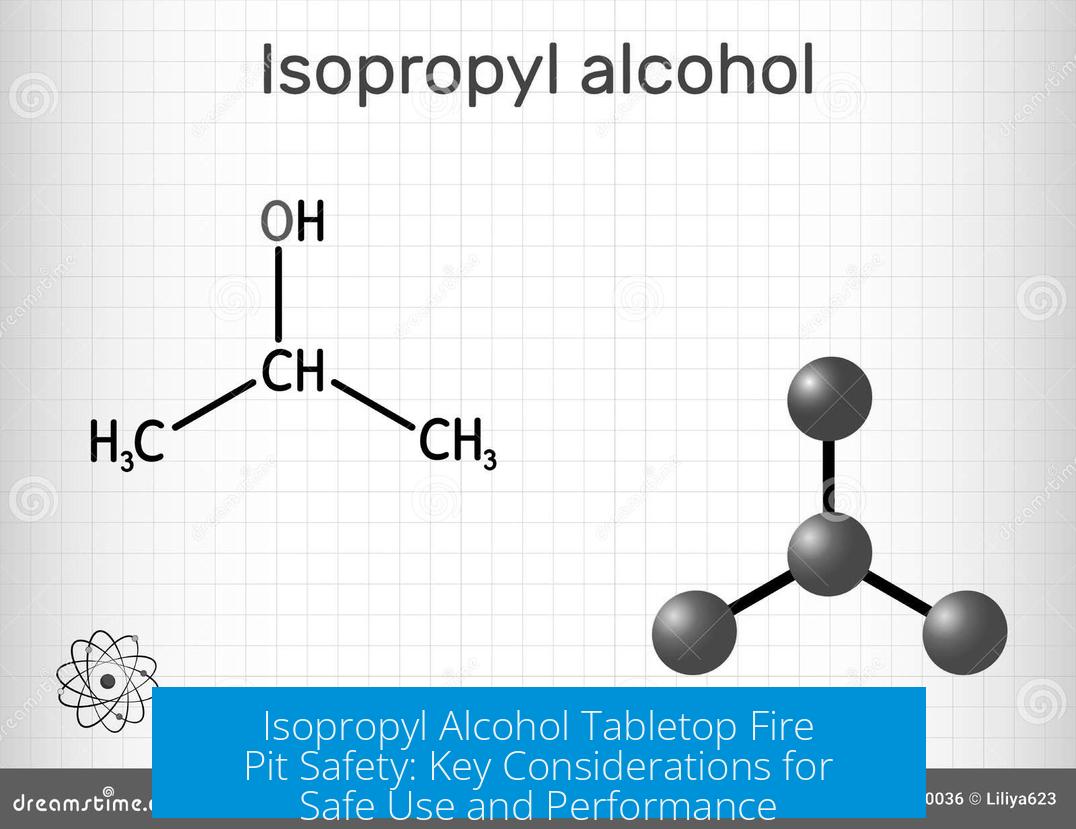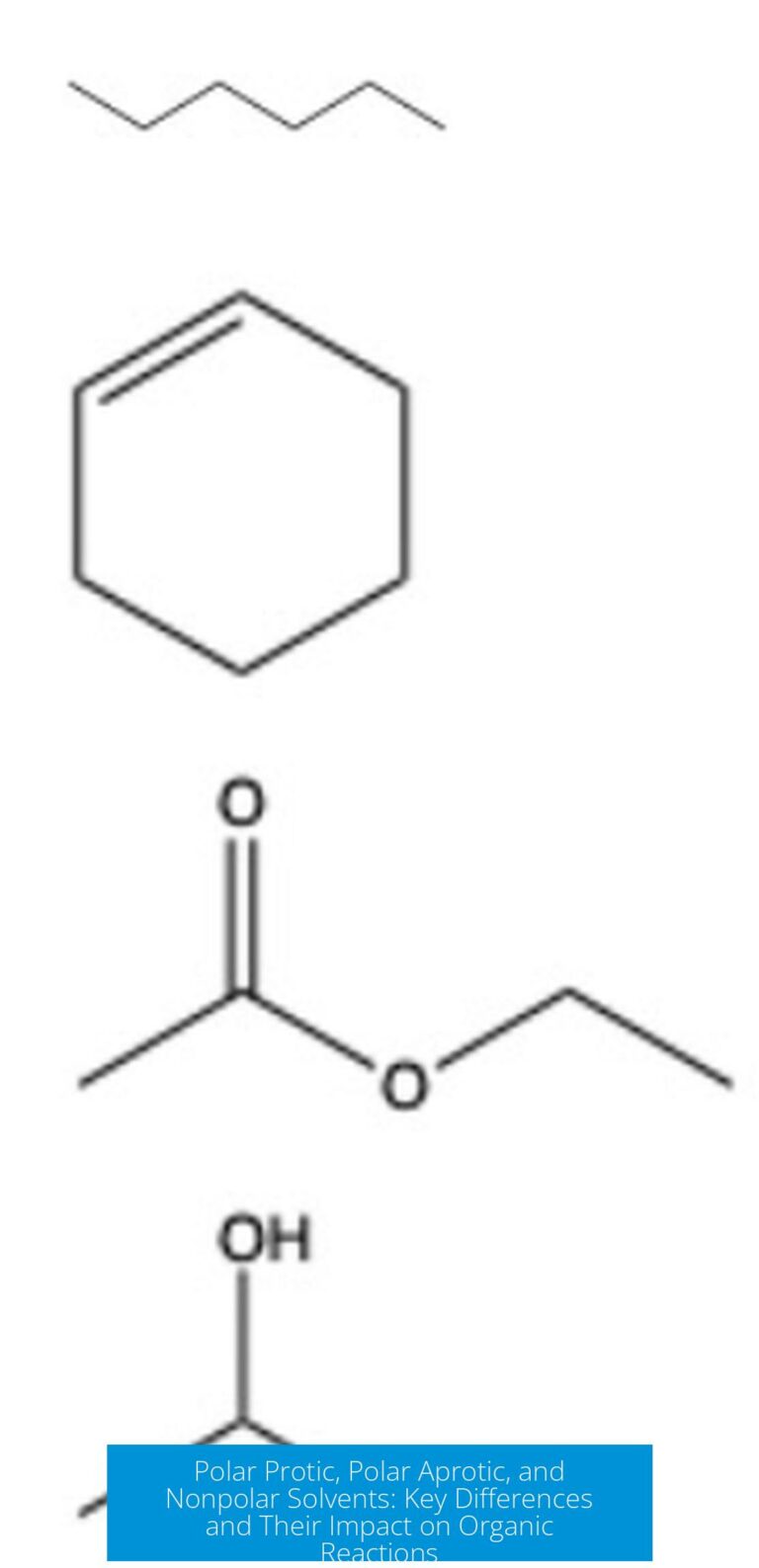Isopropyl Alcohol Tabletop Fire Pit Safety
 Isopropyl alcohol tabletop fire pits present significant safety risks, especially indoors. Their use demands caution due to chemical hazards, fire dangers, and misleading safety claims from manufacturers.
Isopropyl alcohol tabletop fire pits present significant safety risks, especially indoors. Their use demands caution due to chemical hazards, fire dangers, and misleading safety claims from manufacturers.
General Safety Concerns
The notion of complete safety with tabletop fire pits, especially those using isopropyl alcohol, is questionable. These devices emit flammable vapors and open flames that pose risks in enclosed spaces.
Indoor use is discouraged if you detect a strong odor. Liquid fuels such as isopropyl alcohol should ideally be used outdoors to prevent inhalation hazards and reduce fire risks.
Only use fuels specifically designed for the fire pit. Utilizing isopropyl alcohol in a device not engineered for it can cause unpredictable and unsafe outcomes.
Chemical and Health Considerations
Isopropyl alcohol itself is moderately volatile and has a distinctive clean or sterile odor detectable at low levels (~20 ppm). The smell often arises from partial combustion products, which may have unknown health impacts.
Avoid using methanol-based fuels. Methanol combustion releases formaldehyde and can cause severe eye irritation and other toxic effects.
Exposure to isopropyl alcohol vapor becomes harmful mainly in cases of direct inhalation or intentional huffing. Normal flame use produces combustion by-products that vary depending on ventilation conditions.
Physical Fire Safety Measures
Open flames on tabletops require careful placement. Combustible materials nearby, such as wood roots on outdoor surfaces, can ignite if exposed to sparks or heat.
Users should ensure immediate access to fire suppression tools, such as a garden hose or fire extinguisher. Fires can escalate quickly as reported in incidents where tabletop fire pits exploded.
Product Advertising Versus Reality
Some manufacturers promote their isopropyl alcohol fire pits as “100% safe” and suitable for indoor use. Such claims are often misleading. True safety depends on proper use, ventilation, and adherence to manufacturer guidelines.
Fuel Application in Fire Pits
Isopropyl alcohol fire pits may use different ignition methods, including a wick or direct pouring of liquid fuel. Users must follow instructions specific to their model for fuel placement and lighting to avoid flare-ups.
Key Takeaways
- Isopropyl alcohol fire pits carry inherent fire and health risks, especially indoors.
- Use only fuels recommended by the fire pit manufacturer.
- Avoid methanol fuels due to toxic by-products.
- Maintain proper ventilation and immediate fire suppression readiness.
- Be cautious of marketing claims that understate potential hazards.
Is it safe to use isopropyl alcohol fire pits indoors?
Using isopropyl alcohol fire pits indoors is not recommended. The smell and fumes can be harmful. It’s safer to use them outdoors where ventilation reduces health risks.
What should I avoid when choosing fuel for my tabletop fire pit?
Use fuels designed for your fire pit, preferably isopropyl alcohol if specified. Avoid methanol as it produces toxic byproducts like formaldehyde and irritates eyes.
How can I prevent fire hazards with isopropyl alcohol fire pits?
Always place the fire pit where you can quickly reach a water source like a hose. Keep it away from flammable materials and open roots that might catch fire.
Are claims of ‘100% safe’ indoor use for these fire pits accurate?
Advertising often labels them as fully safe for indoor use, but such claims are misleading. The fumes and partial combustion products pose potential health risks indoors.
How should isopropyl alcohol be applied to the fire pit?
Some fire pits use a cotton ignition pad you light after adding alcohol. Others require pouring alcohol directly into the burner. Check your product’s instructions to be sure.





Leave a Comment